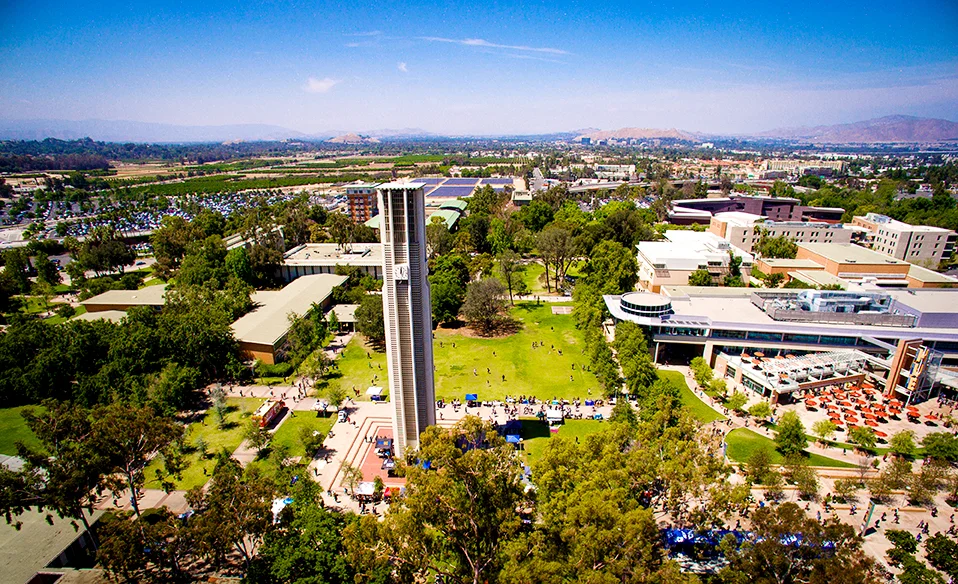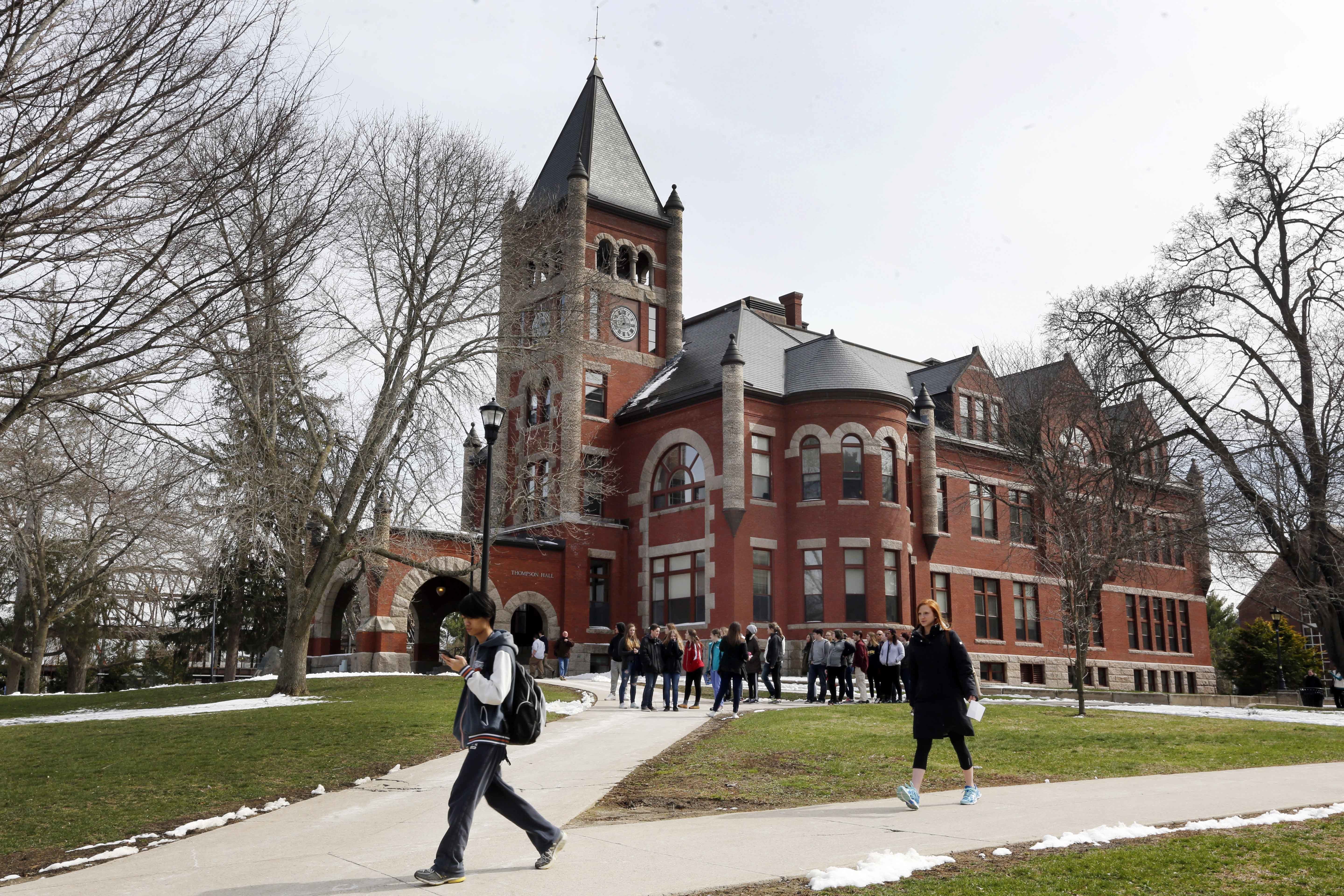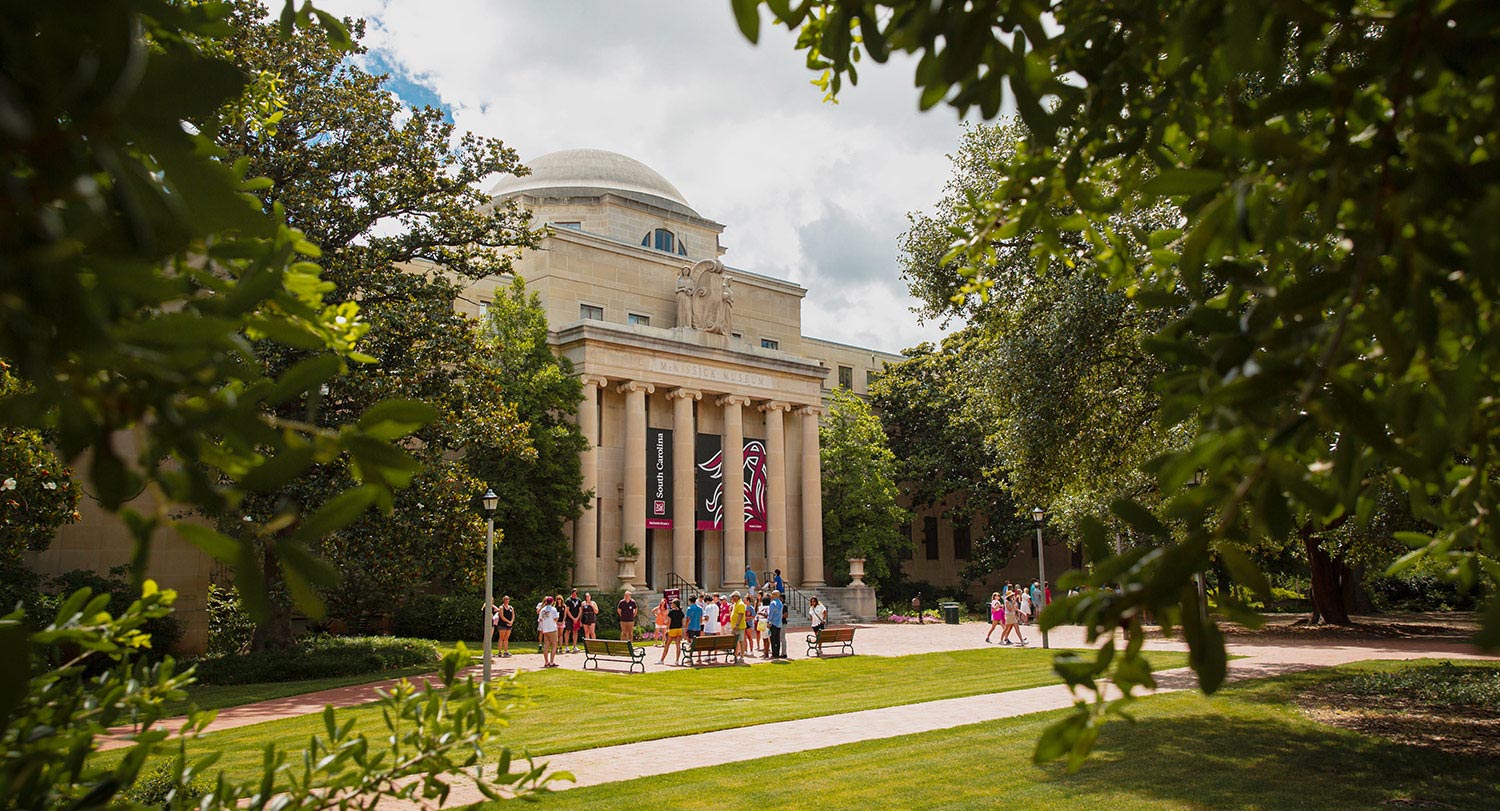The Comprehensive Guide to the University of Minnesota-Twin Cities
Introduction
Welcome to the comprehensive guide to the University of Minnesota-Twin Cities! Whether you're considering applying to the University of Minnesota, already a student, or simply interested in learning more about this prestigious institution, this guide aims to provide you with all the essential information about the University of Minnesota-Twin Cities. From its history and academic programs to campus facilities and student life, we will explore the various aspects that make the University of Minnesota a top choice for students.
History of the University of Minnesota-Twin Cities
The University of Minnesota-Twin Cities, often referred to as UMN or the U of M, was founded in 1851 and is the flagship institution of the University of Minnesota system. Located in Minneapolis and St. Paul, Minnesota, the University of Minnesota-Twin Cities has a rich history of academic excellence, research, and community engagement.
Academic Programs
The University of Minnesota-Twin Cities offers a wide range of academic programs across its colleges and schools, providing students with diverse opportunities for intellectual growth and exploration. From the sciences and engineering to humanities, business, and health sciences, UMN prepares students for success in their chosen fields.
-
College of Science and Engineering
- Computer Science
- Mechanical Engineering
- Biology
-
Carlson School of Management
- Finance
- Marketing
- Entrepreneurship
-
College of Liberal Arts
- Psychology
- English
- Sociology
These are just a few examples of the academic programs available at the University of Minnesota-Twin Cities. With distinguished faculty, state-of-the-art facilities, and a focus on hands-on learning, UMN provides students with a comprehensive and rigorous education.
Campus Facilities
The University of Minnesota-Twin Cities campus spans over 2,700 acres and provides students with a vibrant and stimulating environment for learning, research, and personal growth. The campus features modern facilities and resources that support academic pursuits and enhance the student experience.
-
Walter Library: Walter Library is the main library on campus, offering extensive collections of books, journals, and digital resources. It provides study spaces, research assistance, access to specialized materials, and technology resources for academic and scholarly pursuits.
-
Research Centers: UMN is home to numerous research centers and institutes that focus on a wide range of disciplines, from health sciences and engineering to social sciences and humanities. These centers foster collaboration, innovation, and cutting-edge discoveries that contribute to advancements in various fields.
-
Recreation and Wellness Facilities: The University of Minnesota-Twin Cities provides state-of-the-art recreation and wellness facilities for students to maintain a healthy and active lifestyle. The facilities include fitness centers, swimming pools, sports courts, group fitness studios, and outdoor recreation spaces.
Student Life
The University of Minnesota-Twin Cities offers a vibrant and engaging student life, providing students with opportunities to pursue their interests, engage with the community, and develop lifelong connections. With over 1,000 student organizations, cultural events, and campus activities, there is something for everyone at UMN.
-
Student Organizations: UMN boasts a diverse range of student organizations, including academic clubs, cultural groups, recreational clubs, and community service organizations. These organizations allow students to explore their passions, develop leadership skills, and form lasting friendships with peers who share similar interests.
-
Cultural and Artistic Events: UMN celebrates its diverse community through a variety of cultural events, art exhibitions, music concerts, theater performances, and dance showcases. Students can engage with different cultures, appreciate artistic expressions, and showcase their talents in various creative outlets.
-
Community Service and Engagement: The University of Minnesota-Twin Cities encourages students to actively contribute to the community through service-learning programs, volunteer opportunities, and outreach initiatives. Students can participate in projects that address social issues, promote sustainability, and make a positive impact in the Twin Cities and beyond.
Notable Alumni
The University of Minnesota-Twin Cities takes pride in its accomplished alumni who have achieved success in various fields and made significant contributions to society. These alumni serve as inspirations and exemplify the impact of a UMN education. Some notable alumni include:
- Bob Dylan - Nobel Prize-winning musician and songwriter.
- Walter Mondale - Former Vice President of the United States.
- Hubert H. Humphrey - Former Vice President of the United States.
These individuals, along with many others, have left a lasting legacy and continue to inspire the University of Minnesota-Twin Cities community and the world.
FAQs
-
Q: How do I apply to the University of Minnesota-Twin Cities? A: To apply to the University of Minnesota-Twin Cities, visit the official university website and complete the online application. Be sure to review the application requirements, deadlines, and specific instructions for your desired program of study.
-
Q: What are the admission requirements for the University of Minnesota-Twin Cities? A: Admission requirements vary depending on the program and level of study. Generally, applicants are evaluated based on their academic performance, standardized test scores, essays or personal statements, letters of recommendation, and extracurricular involvement.
-
Q: Does the University of Minnesota-Twin Cities offer financial aid to students? A: Yes, the University of Minnesota-Twin Cities offers a range of financial aid options, including scholarships, grants, loans, and work-study programs. Students can explore the available opportunities and apply for financial aid through the Office of Financial Aid.
-
Q: What is the student-to-faculty ratio at the University of Minnesota-Twin Cities? A: The student-to-faculty ratio at the University of Minnesota-Twin Cities varies across different programs and departments. On average, it is approximately 17:1, allowing for personalized interactions with faculty members and opportunities for mentorship and collaboration.
-
Q: Are there study abroad programs at the University of Minnesota-Twin Cities? A: Yes, the University of Minnesota-Twin Cities offers a variety of study abroad programs in countries around the world. These programs provide students with opportunities to gain international experience, immerse themselves in different cultures, and enhance their academic journey.
-
Q: What support services are available for students at the University of Minnesota-Twin Cities? A: The University of Minnesota-Twin Cities provides comprehensive support services to help students succeed academically, personally, and professionally. These services include academic advising, tutoring programs, career counseling, health and wellness resources, and accessibility support.
Conclusion
In conclusion, the University of Minnesota-Twin Cities offers a dynamic and enriching educational experience. With its diverse academic programs, distinguished faculty, modern facilities, and vibrant campus life, UMN provides students with the tools and opportunities to excel in their chosen fields and make a positive impact in the world. Whether you're interested in the sciences, humanities, business, or any other discipline, the University of Minnesota-Twin Cities offers a supportive and intellectually stimulating environment that fosters growth, innovation, and lifelong learning.

 By
By


